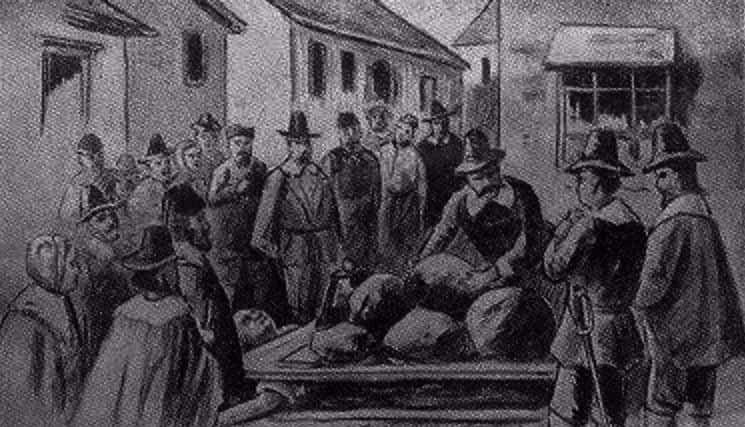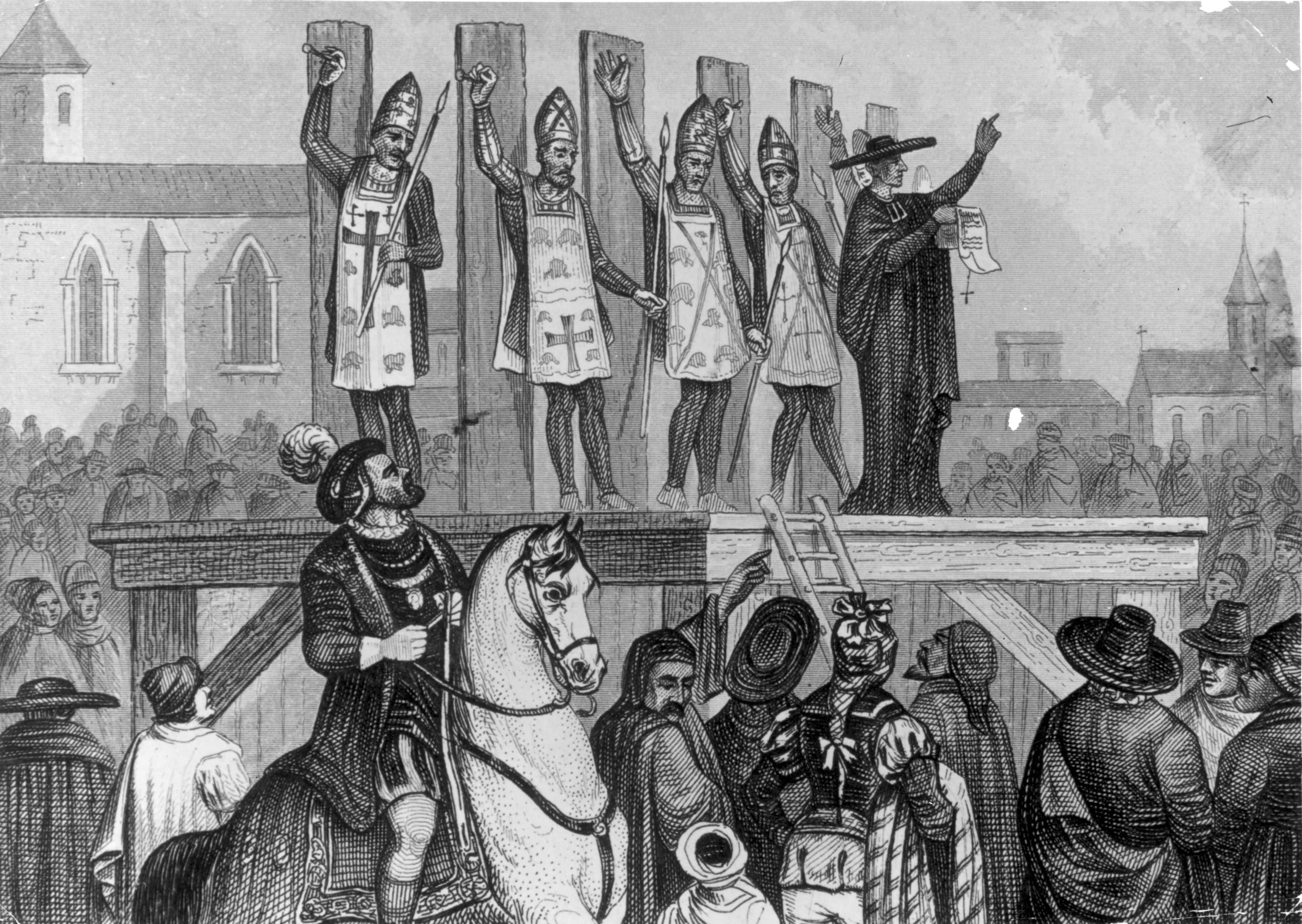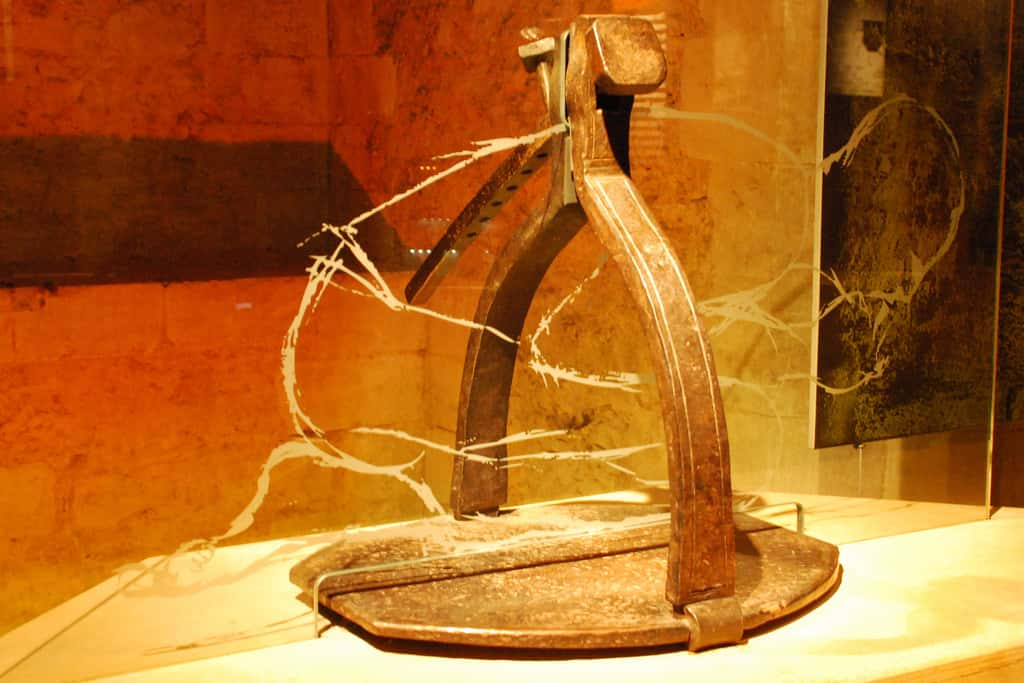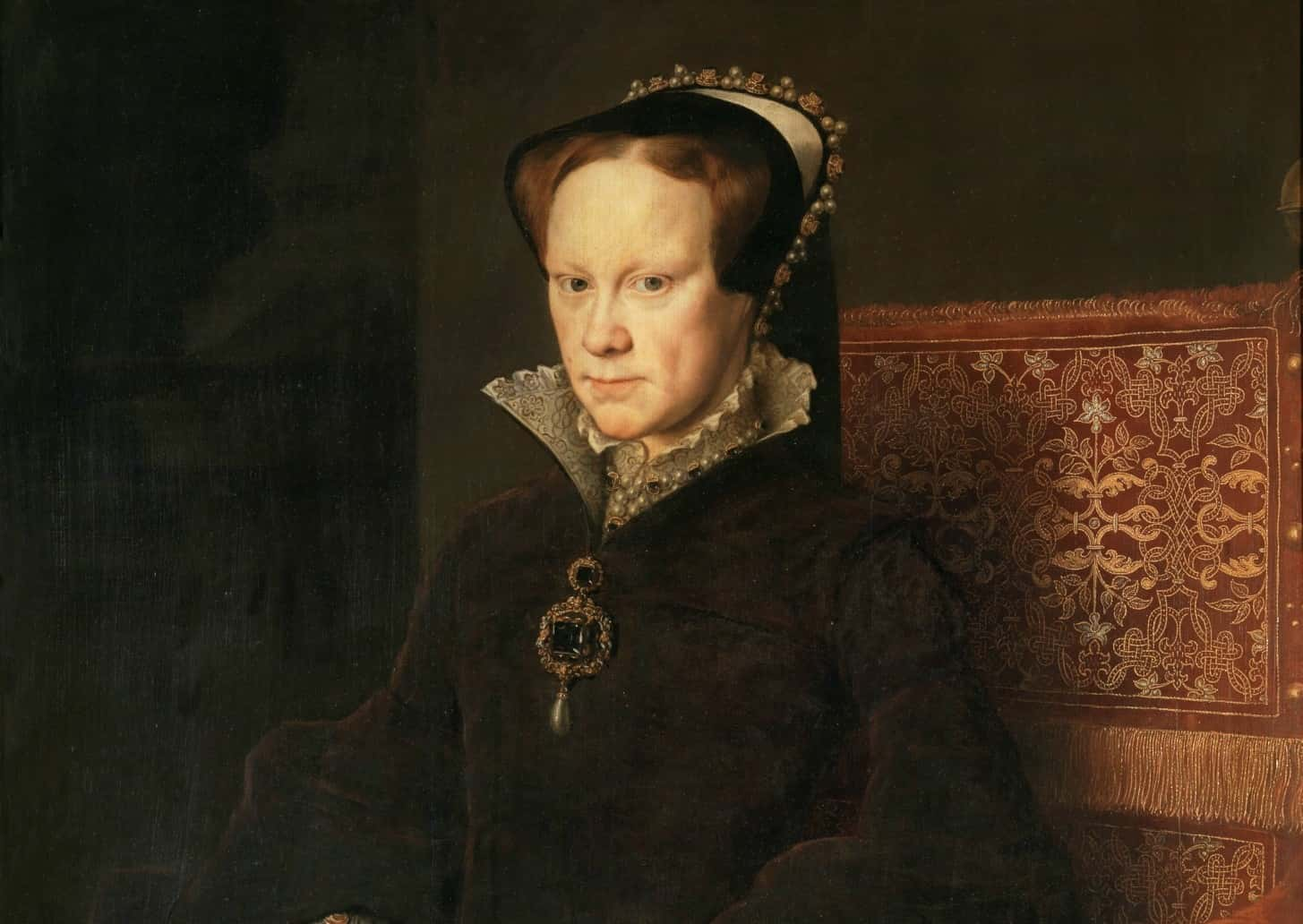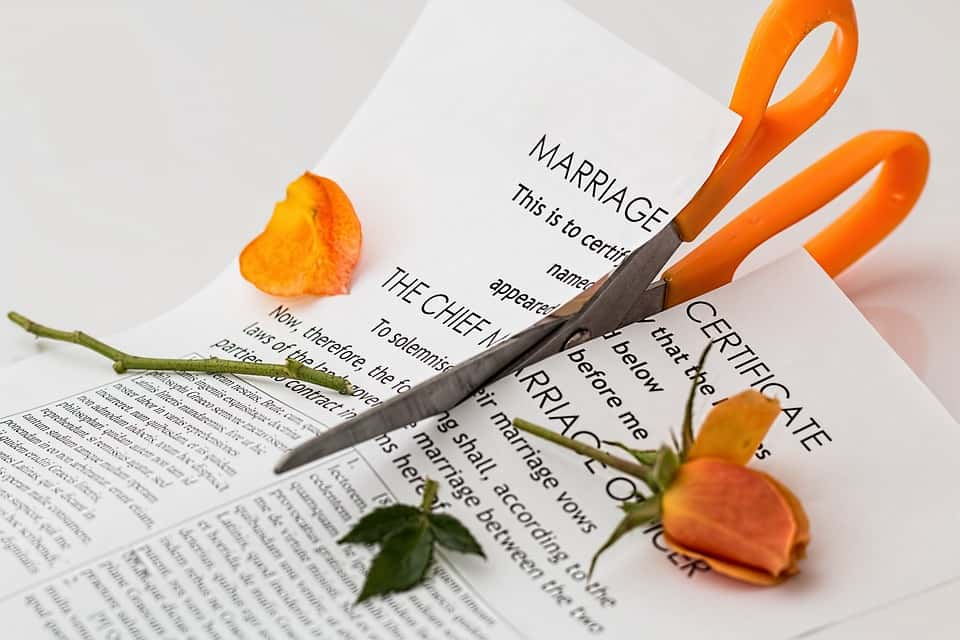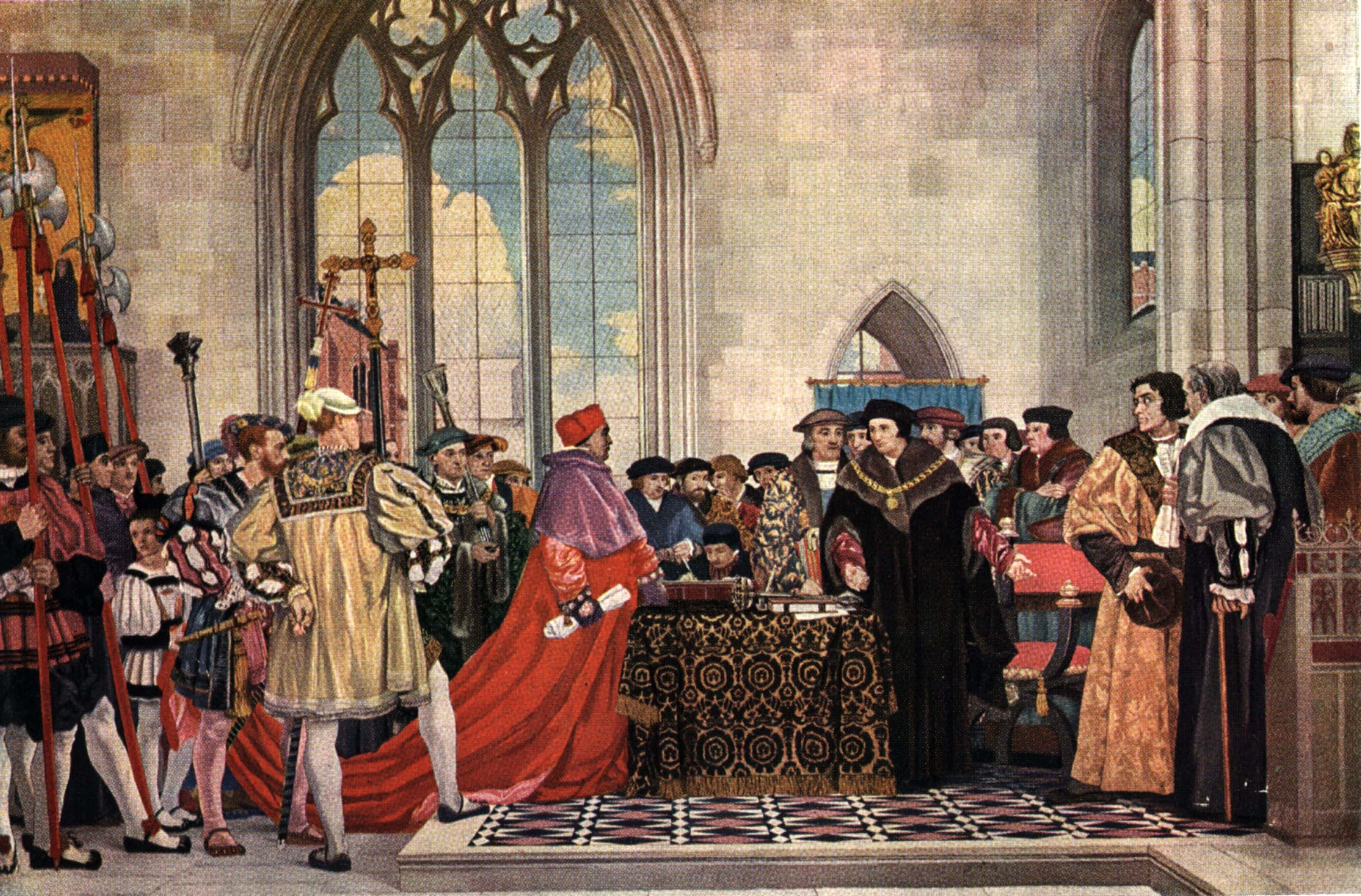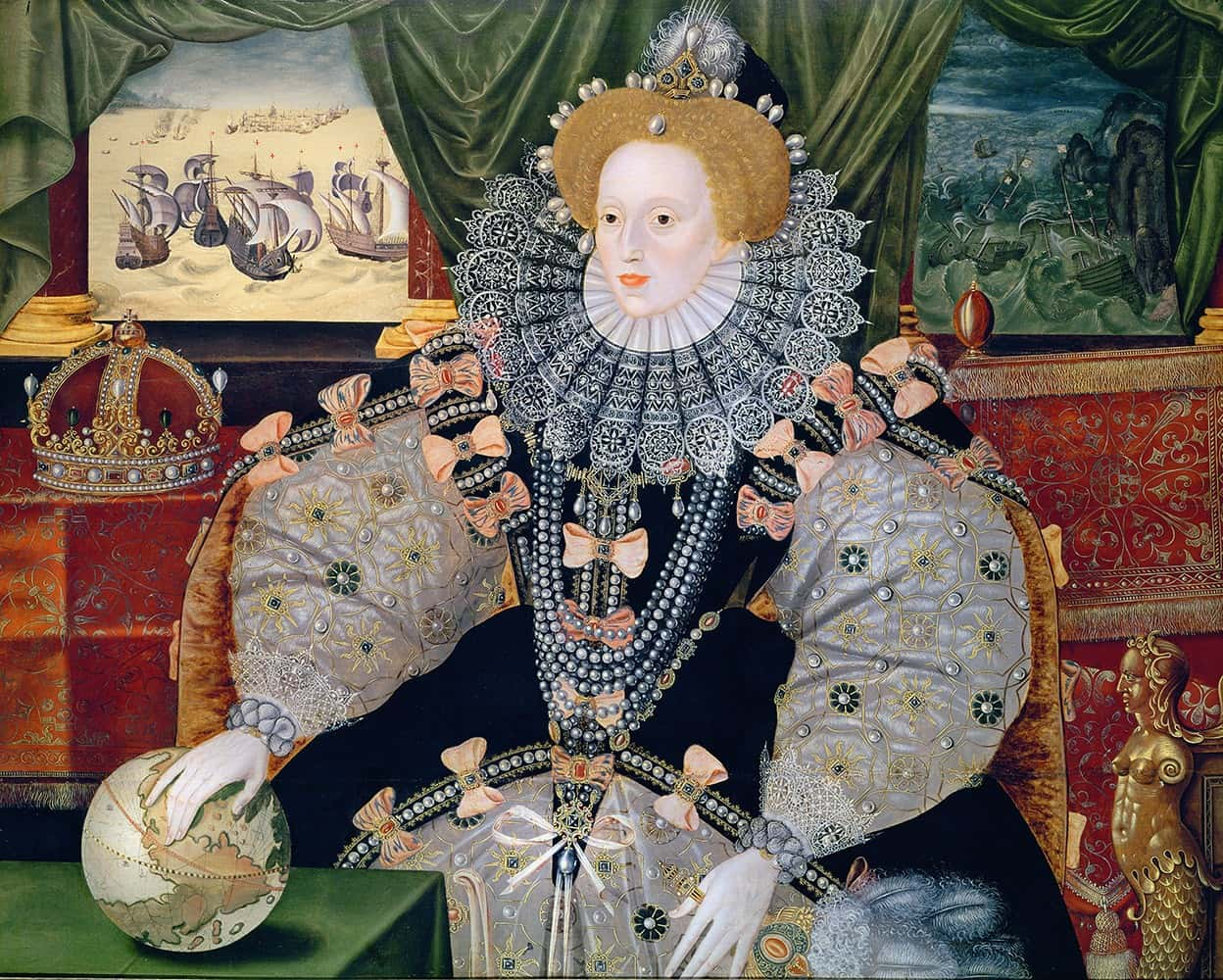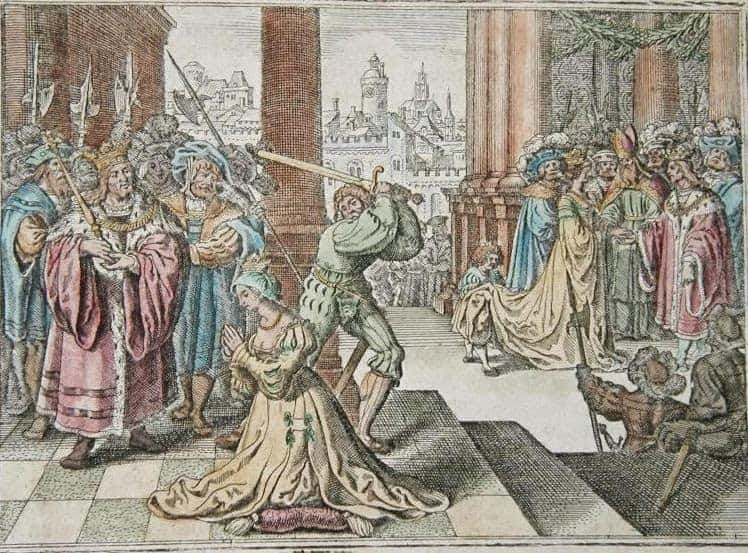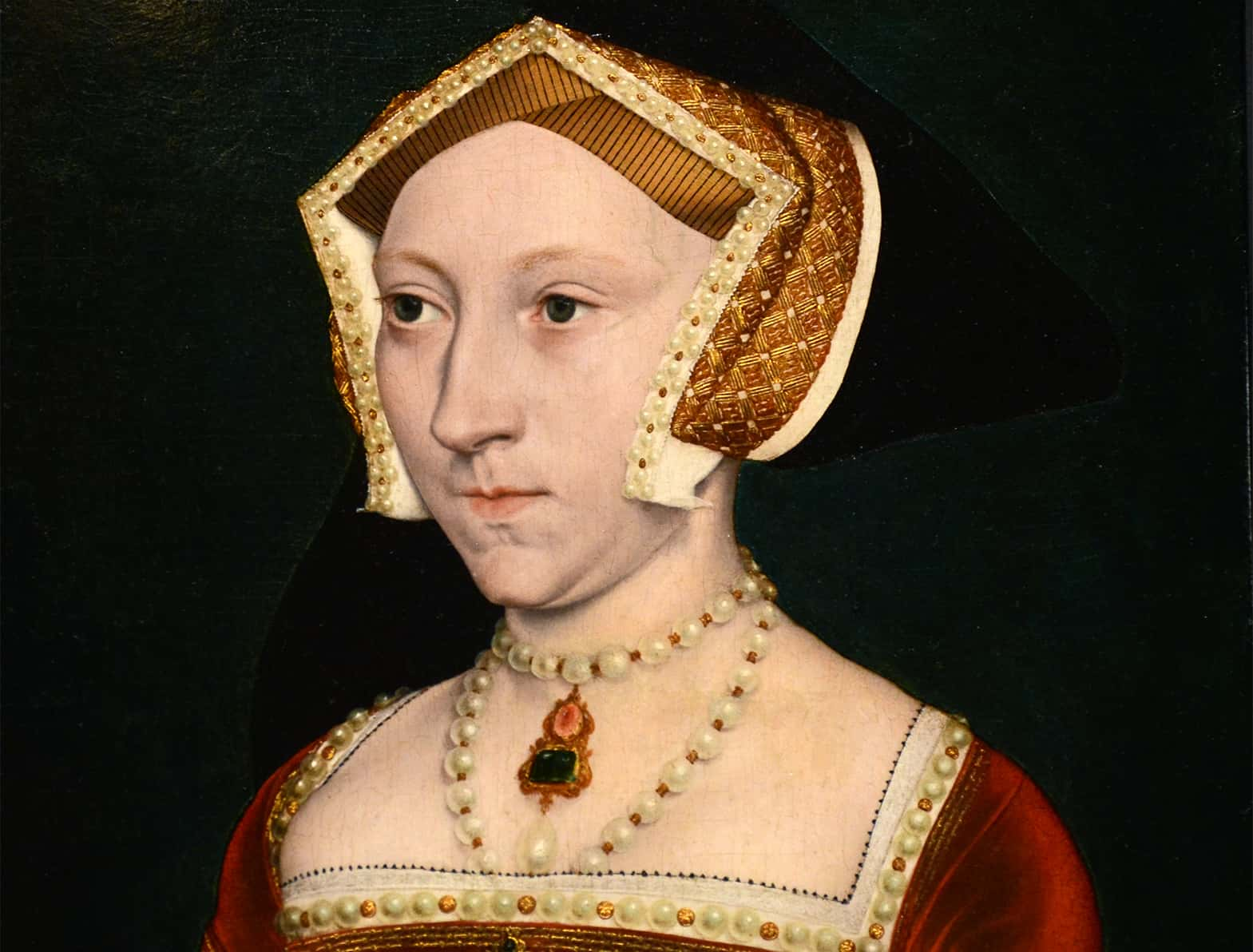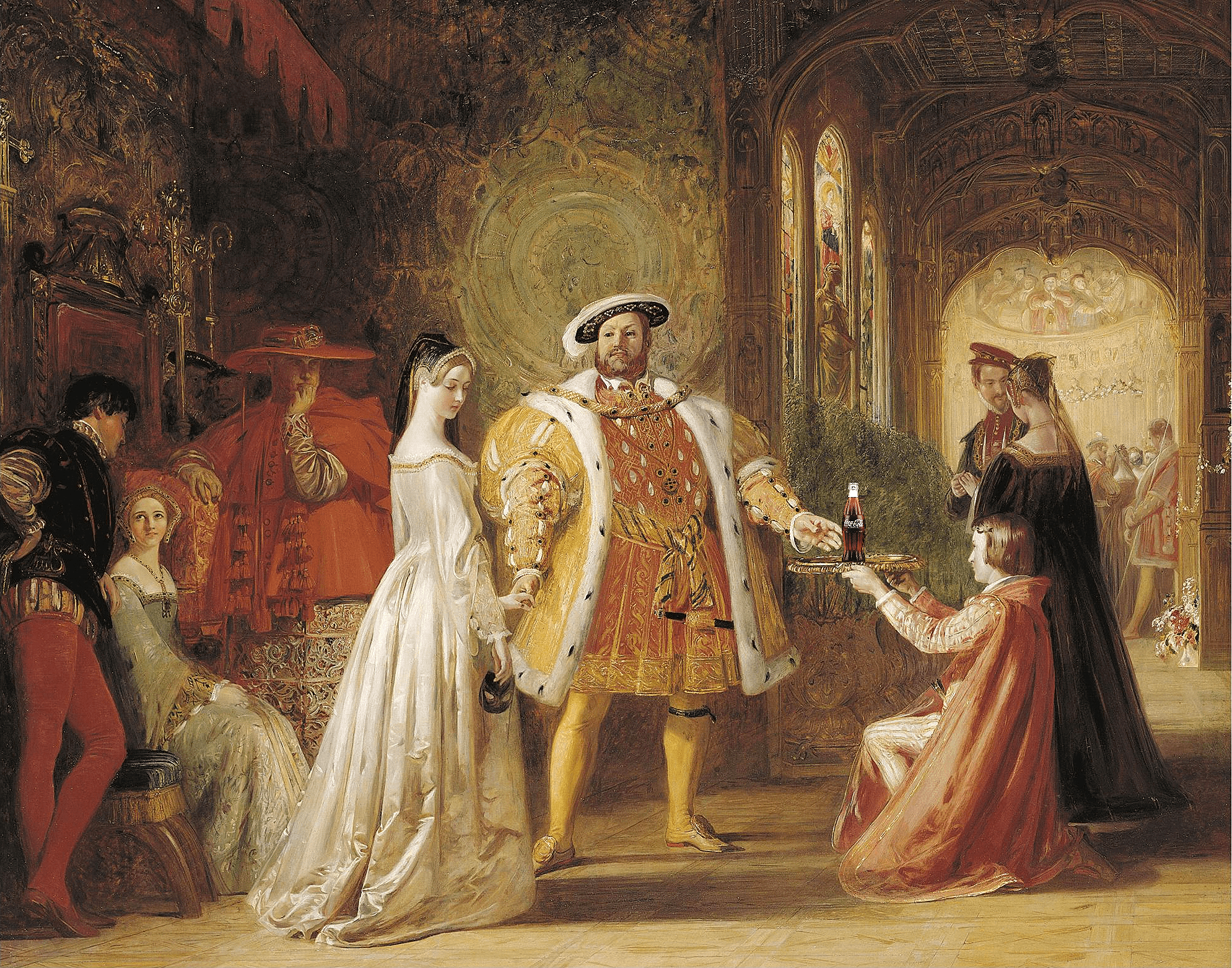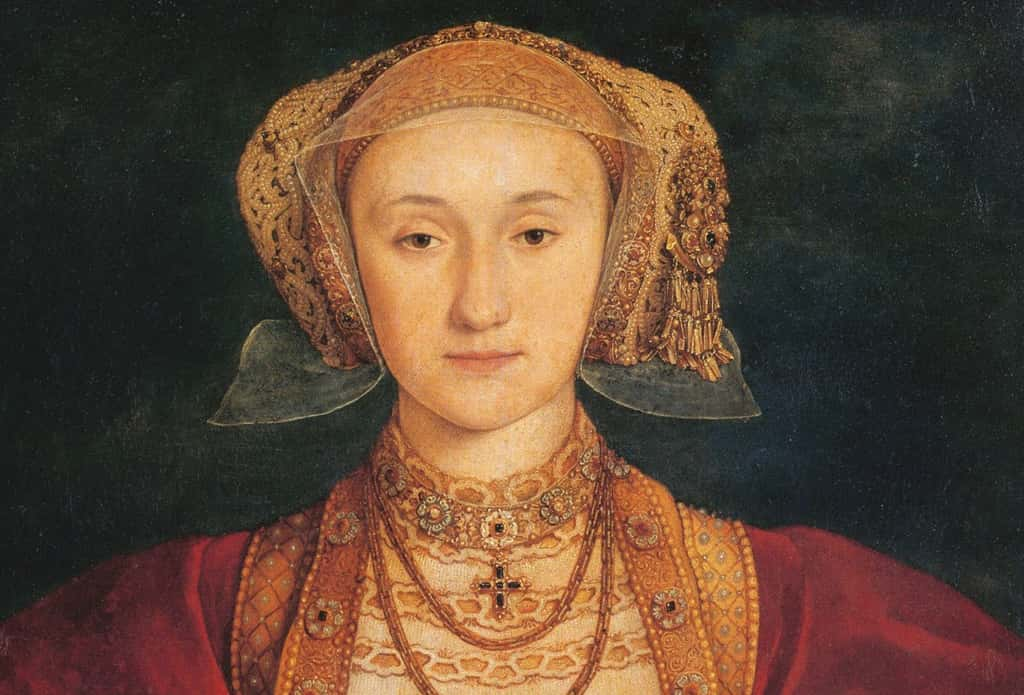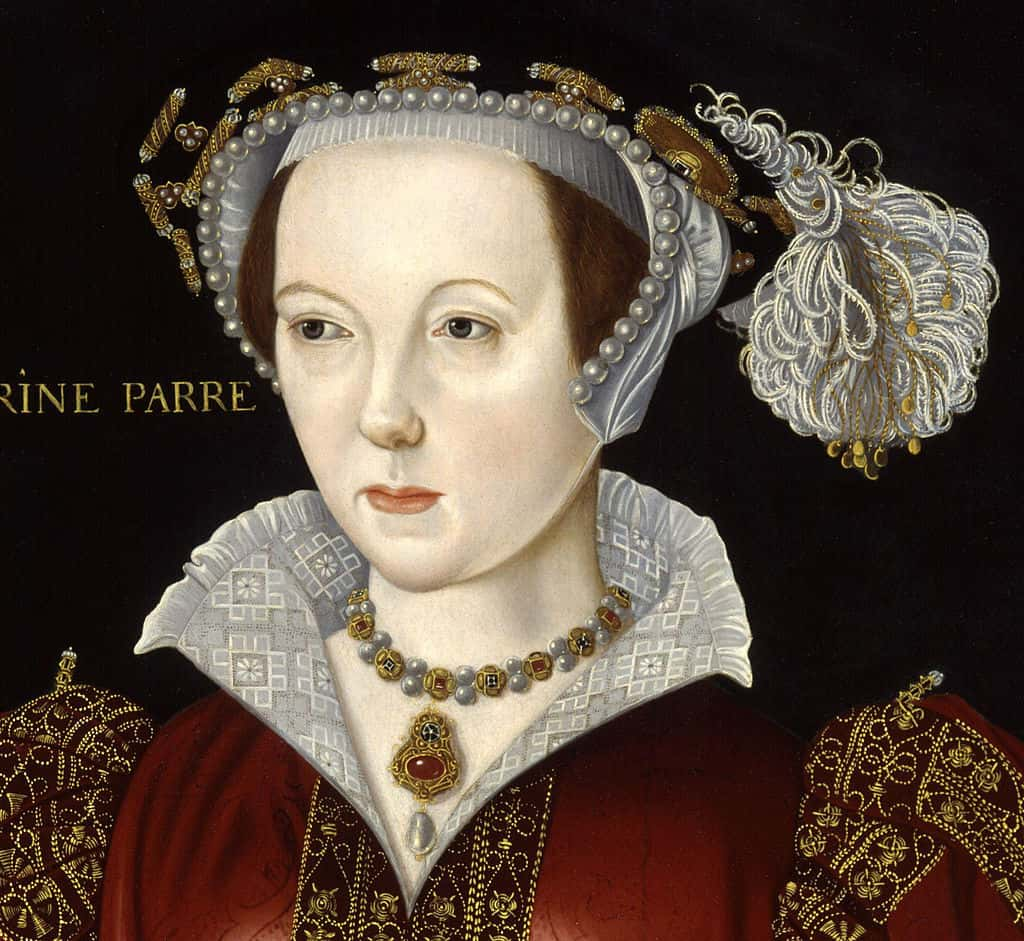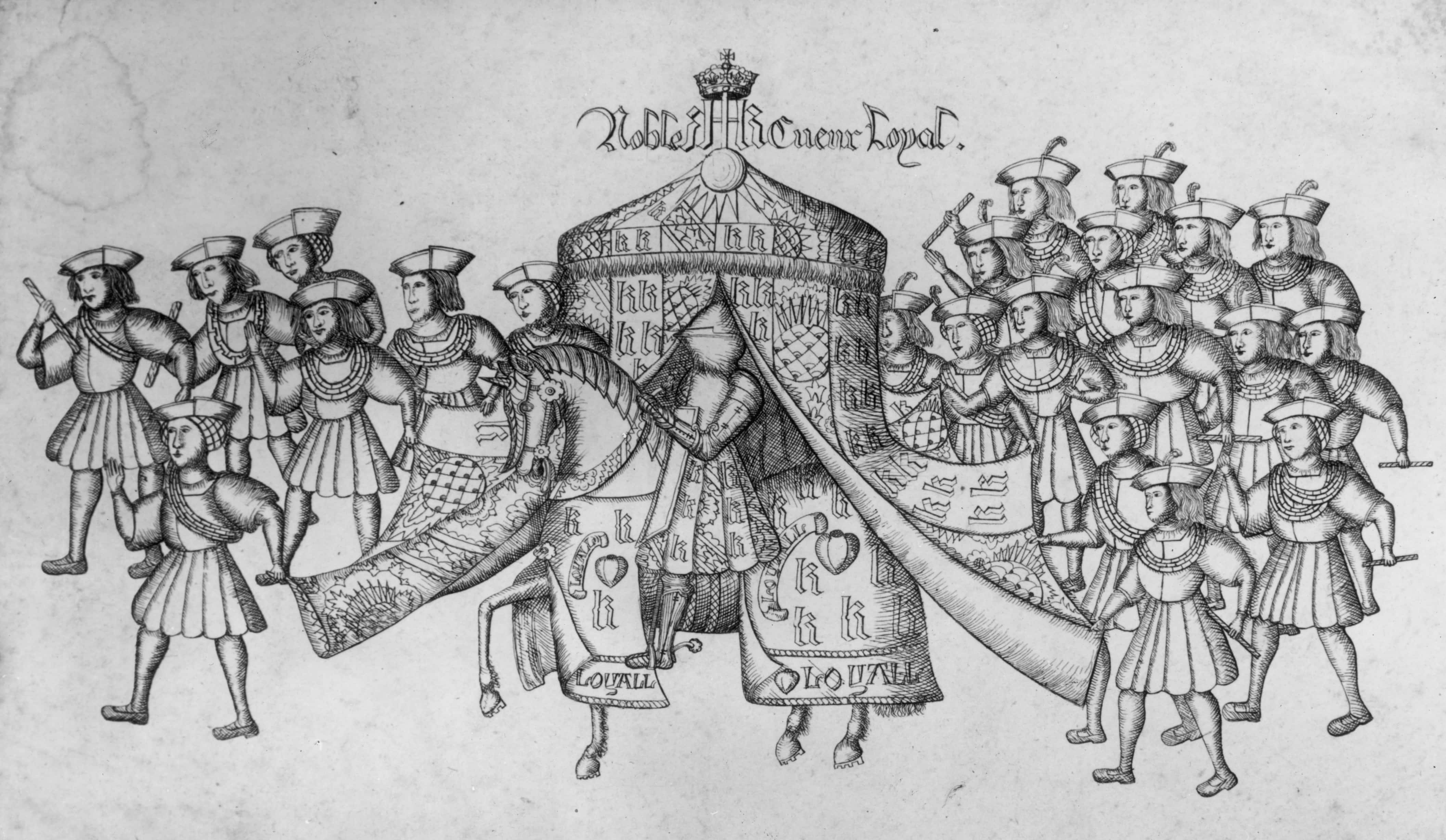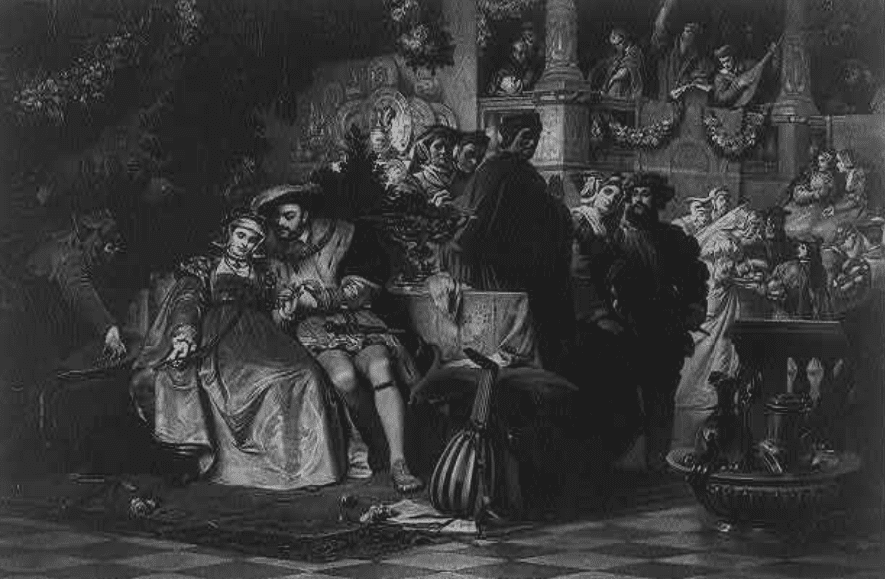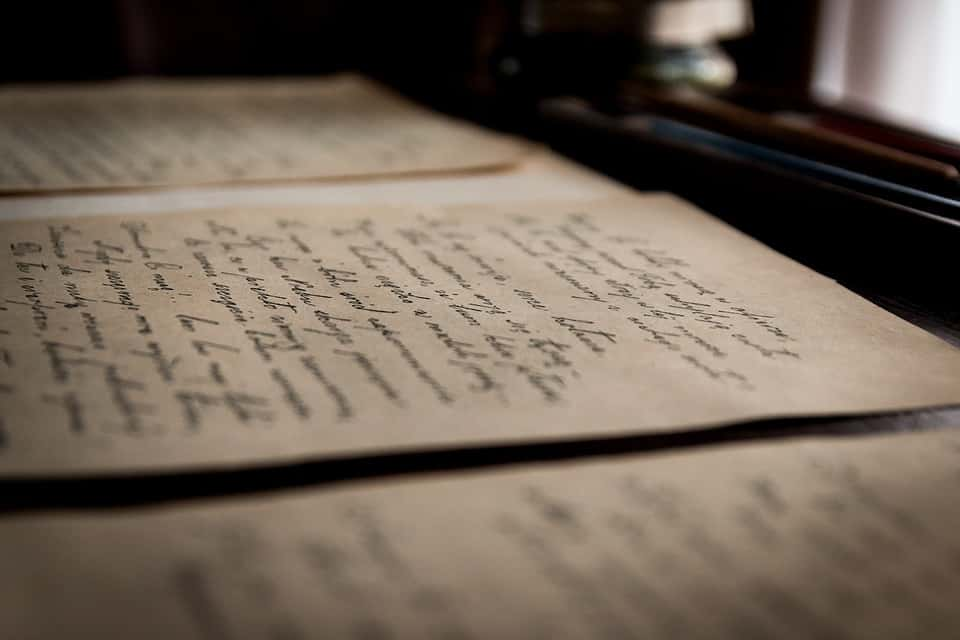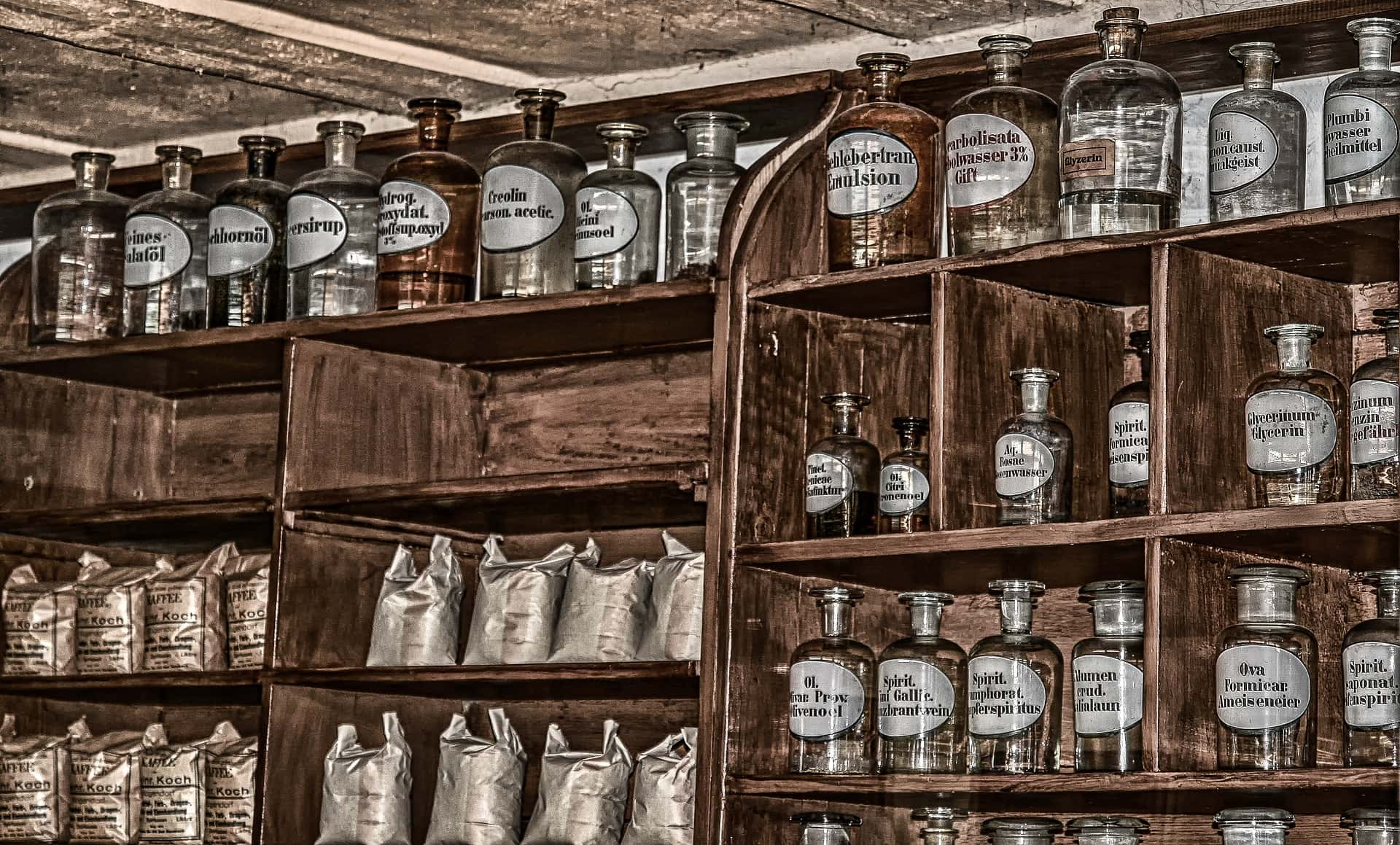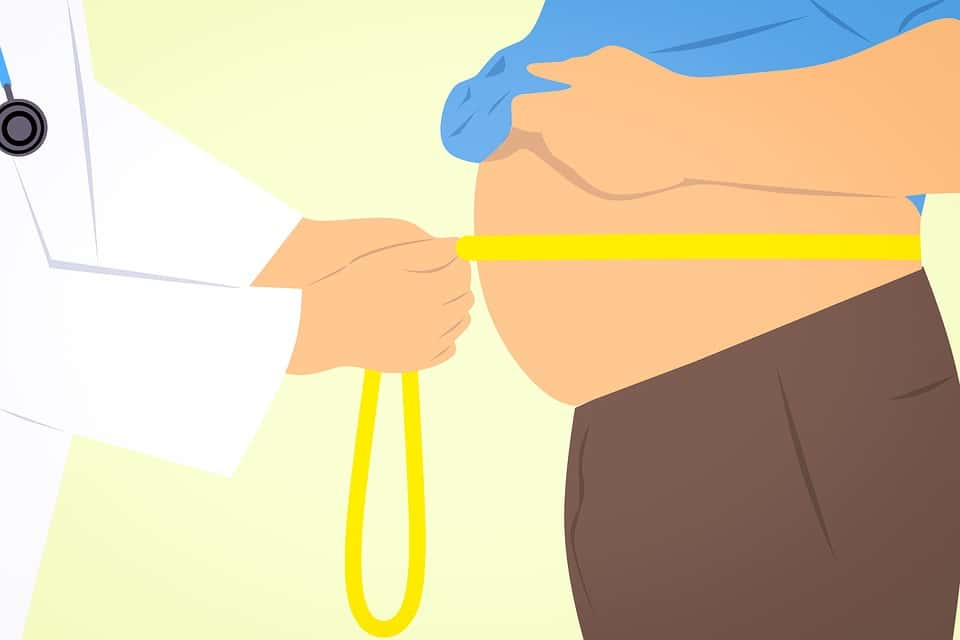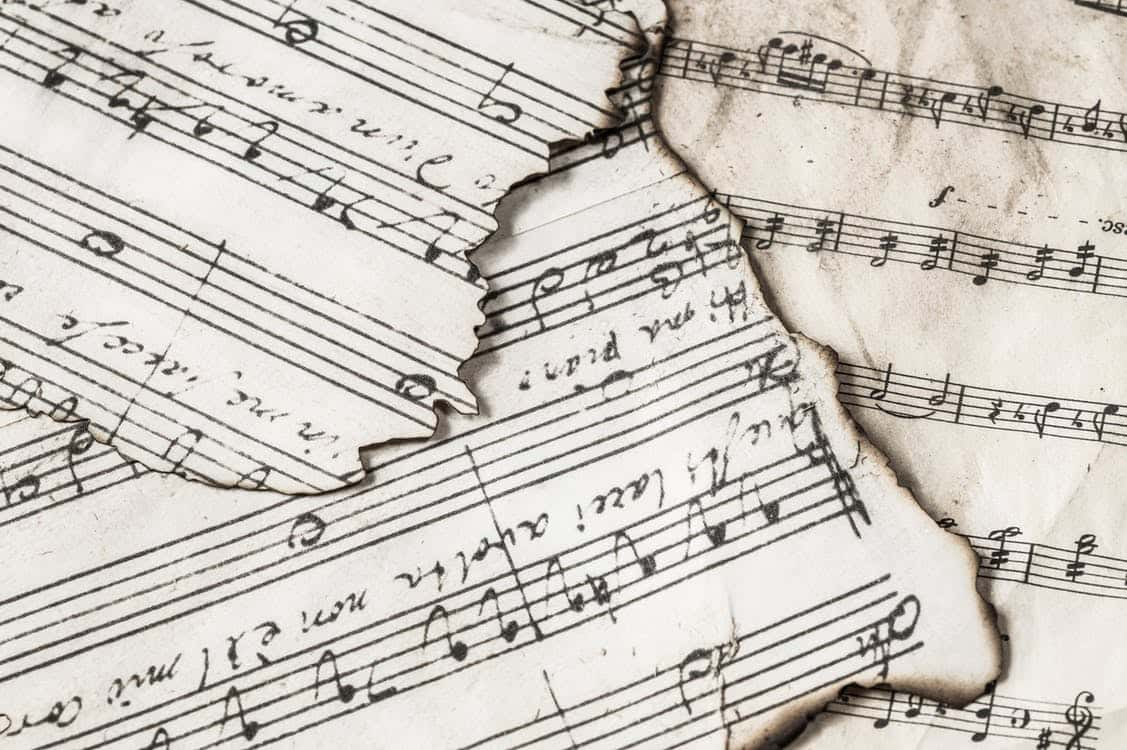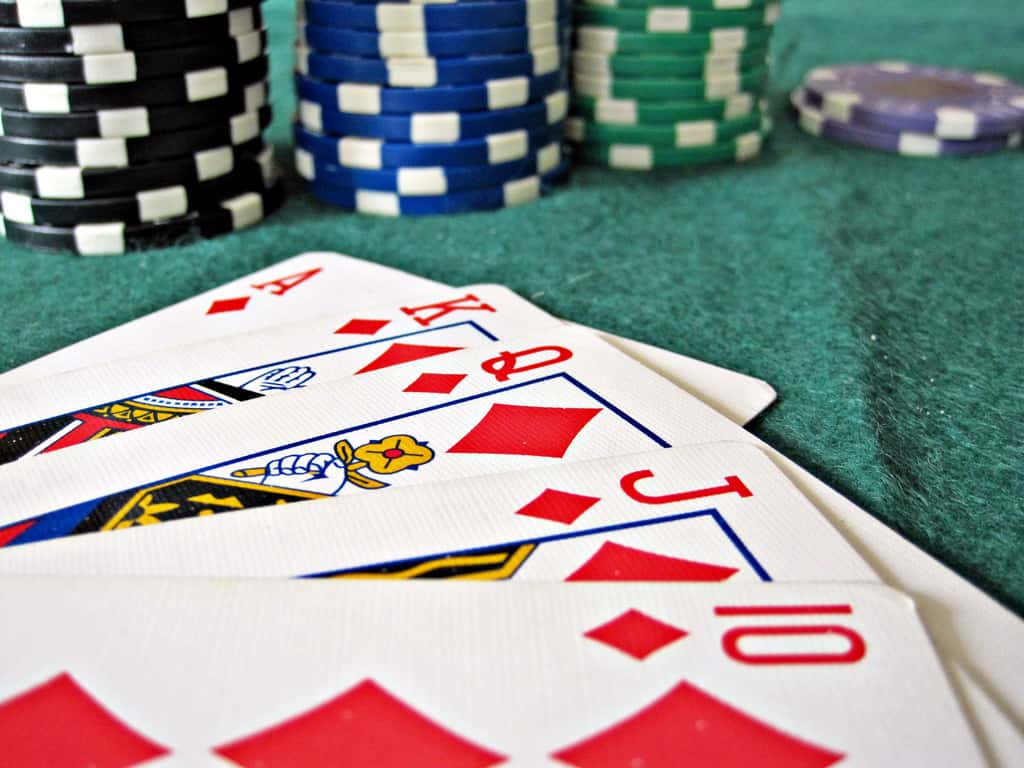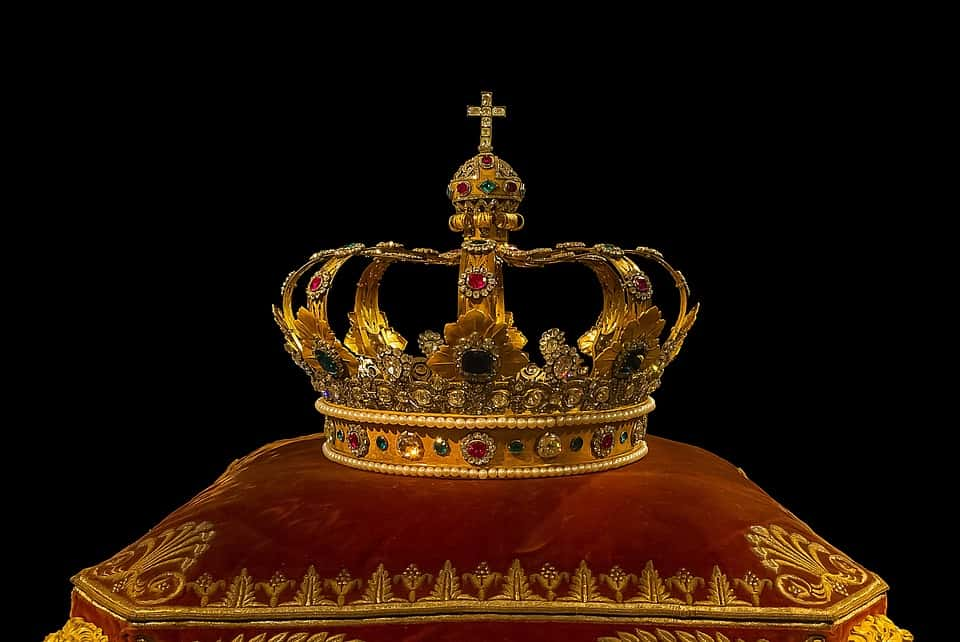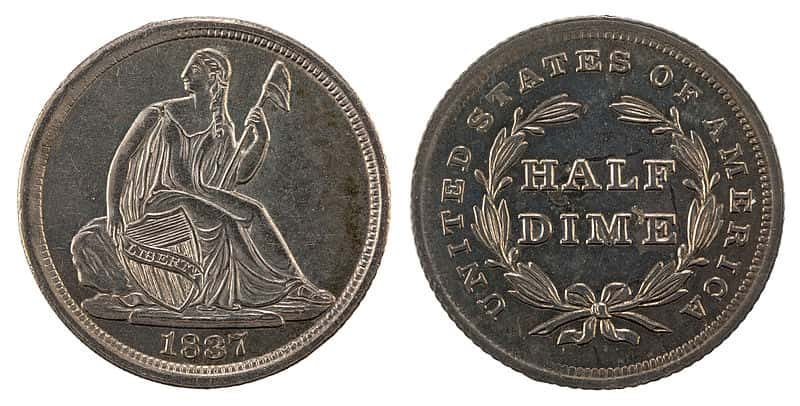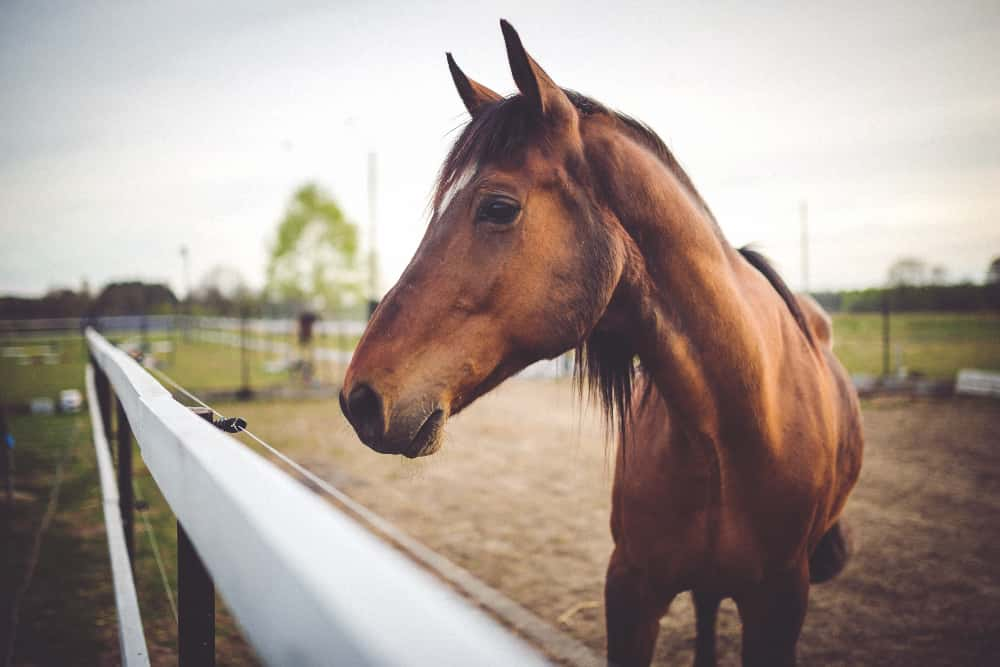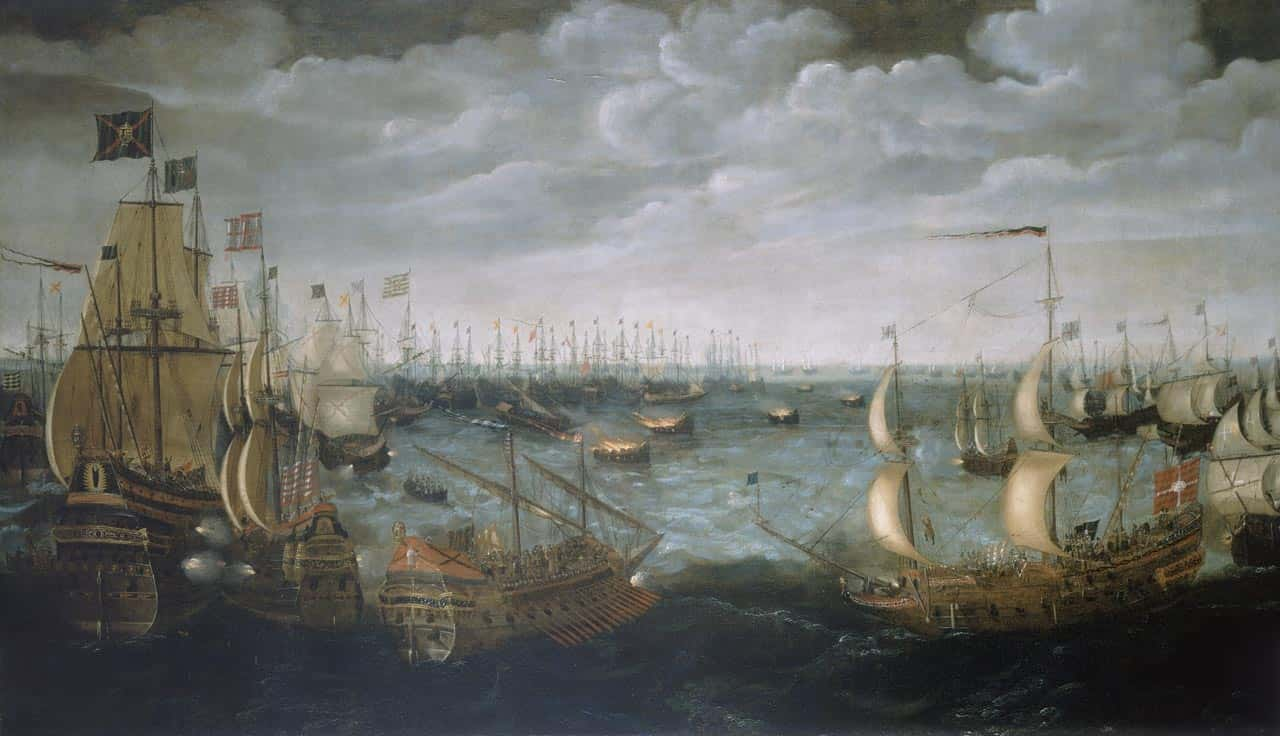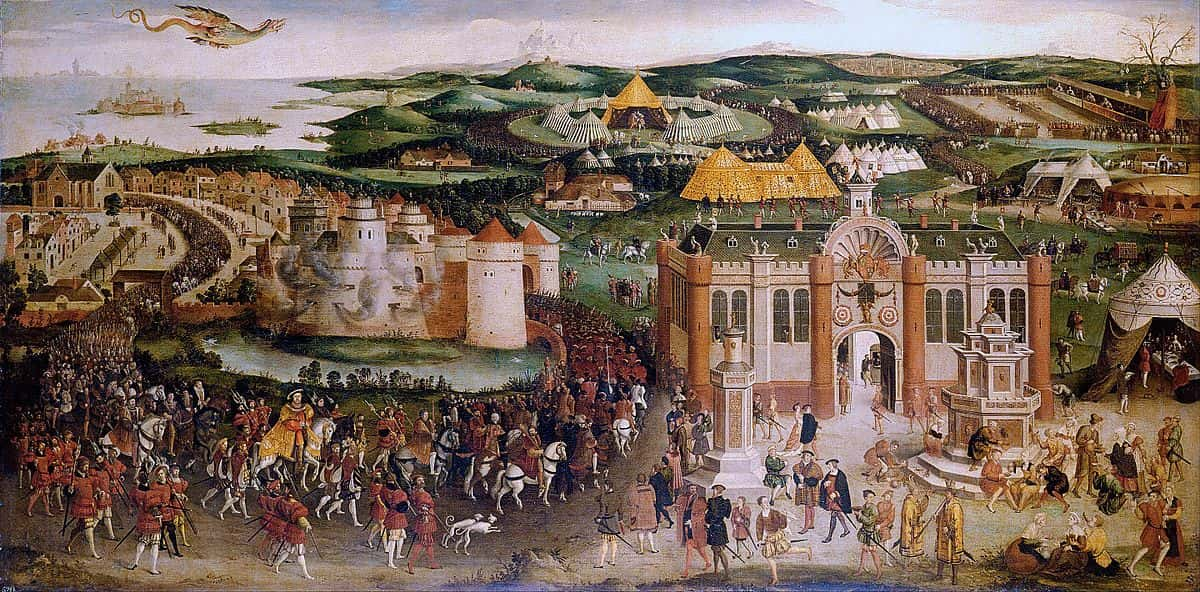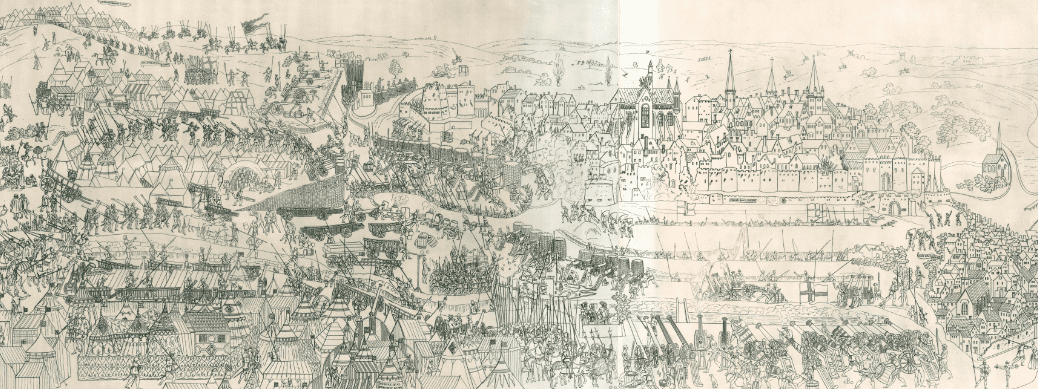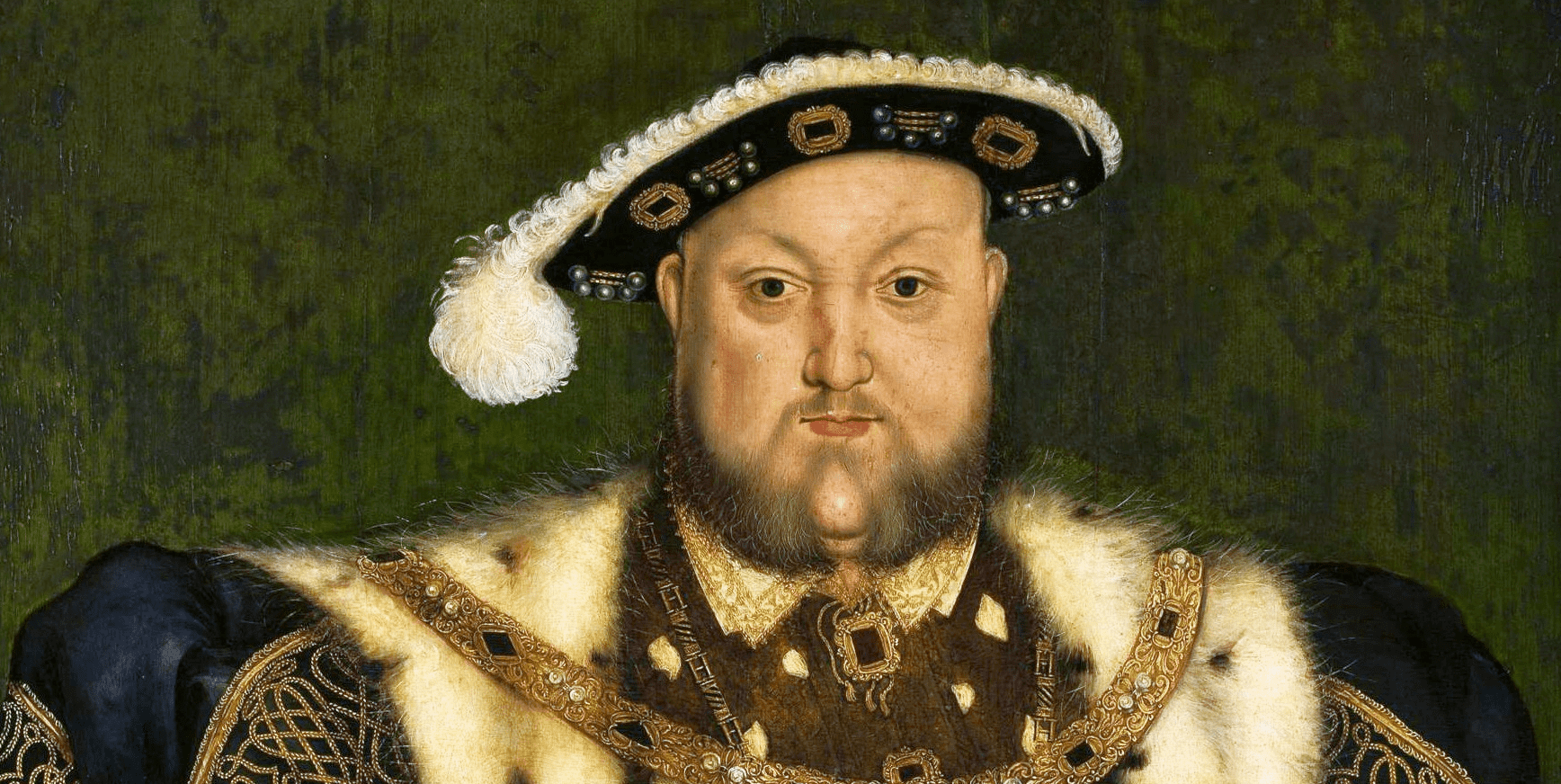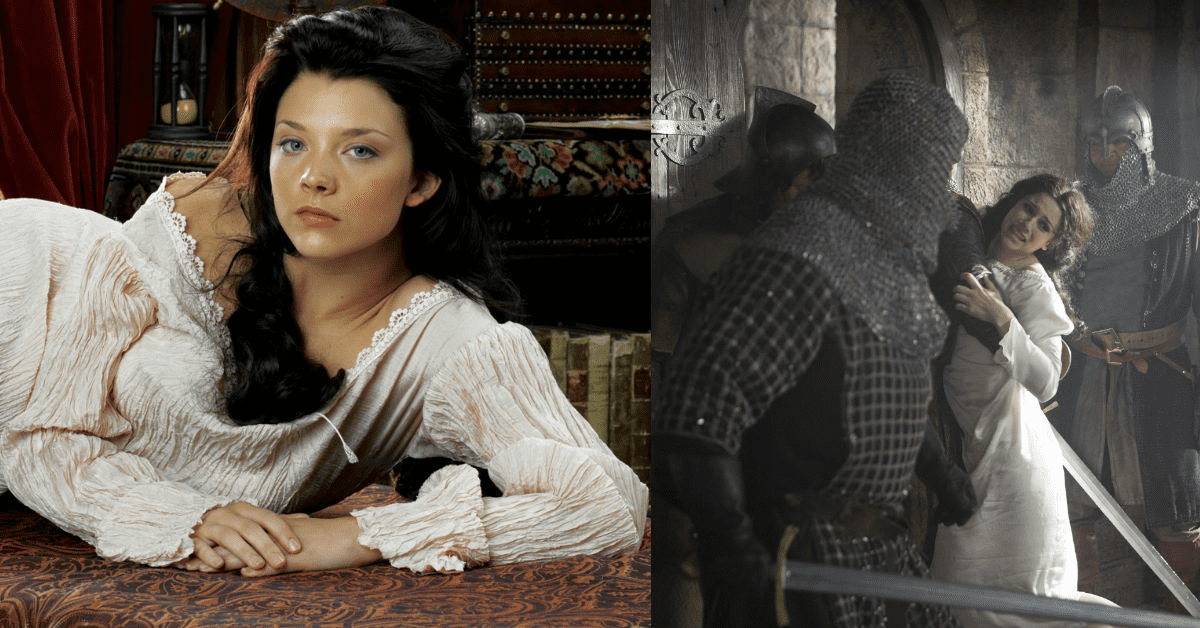King Henry VIII ruled as King of England from April 21, 1509 until his death on January 28, 1547. He was the second Tudor King (after his father Henry VII) and played an important role in the English Reformation, turning the country into a Protestant nation. But what really made him famous was his tumultuous love life—out of his six marriages, he ended up beheading two of his wives. So what is there to know about this infamous and iconic monarch? Read on for 53 facts about the lusty, gluttonous, and cutthroat King Henry VIII.
53. Head on a Spike
In 1532, Elizabeth Barton, a Catholic nun known as “The Nun of Kent” and “The Holy Maid of London,” began prophesying that Henry's marriage to Anne Boleyn would result in his death. In 1533, she was arrested and forced to admit that she’d made everything up. She was executed for treason and hanged. Her head was placed on a spike on London Bridge; she was the only woman to ever be given that "honor."
52. He Was a Dancing King
Apparently, a young Henry was quite the dancer! He apparently got started early, delighting guests at his brother Arthur’s wedding when he “flung off his coat and cavorted around in his doublet and hose.” His skills only grew as he got older, as an ambassador visiting the court once noted that Henry “does wonders and leaps like a stag.”
 Shutterstock
Shutterstock
51. Flat as a Pancake
One of Henry VIII’s more gruesome ways of executing people was a method called "pressing," which essentially is crushing someone to death. A large plank was held over the body of the prisoner, with weight being steadily added until they could no longer breathe. This was a long and drawn out way of killing someone, and weights were added slowly to ensure maximum suffering.
50. Princes Just Want to Have Fun
Even as a young man, Henry wasn’t much into governing. Most mornings he didn’t get out of bed until 8 am (late for the times), and he preferred to go hunting or hawking rather than work. He would usually fill his evenings with gambling, dancing, or cards, which didn’t leave him much time to meet his obligations.
49. Quite the Catch
Aside from being the heir to the English throne, Henry VIII was an attractive catch in his youth. He was 6'2" and had auburn hair. He was also athletic, sporting, musical, and well-read.
48. Small World
It may seem like Henry searched far and wide for a suitable wife, seeing as he married six different women, but he didn’t look as far as you might think: Henry and each of his wives were all descended from King Edward I, meaning that they were all cousins to one degree or another.
 Shutterstock
Shutterstock
47. Bad Matchingmaking = Treason
Henry’s chief minister, Thomas Cromwell, was his right-hand man for many years. Cromwell was integral in the king’s court, but all good things must come to an end. After Cromwell set up Henry’s catastrophic marriage to Anne of Cleves, Henry had his one time pal executed for treason. Yikes.
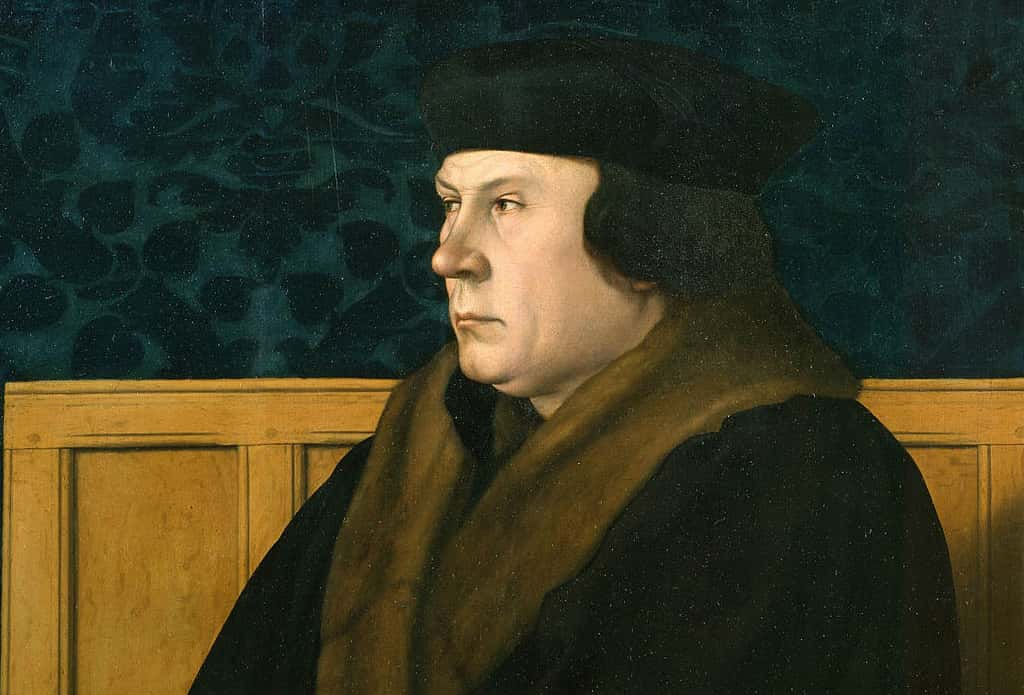 Wikimedia Commons
Wikimedia Commons
46. Maybe He Was a Fan of Tony Shalhoub?
Despite being known for his vigor and athleticism as a young man, Henry’s massive weight gain and the subsequent decline of his health finally caught up to him, and he died in 1547 at the age of 55. His final words are not known for sure, but it has long been rumored that he cryptically cried “Monks! Monks! Monks!” before his final breath left him.
 Shutterstock
Shutterstock
45. Haunting Screams
Allegedly, Catherine Howard did not take the news that she’d arrested for adultery and treason well. The 19-year-old Queen is said to have broken free from her guards at Hampton Court and run through what’s now known as the Haunted Gallery, screaming for Henry to show her mercy. She never made it to him, however—in fact, she would never see the king again. According to legend, her ghost remains in the Haunted Gallery to this day, and people have often claimed to have heard her screams for mercy.
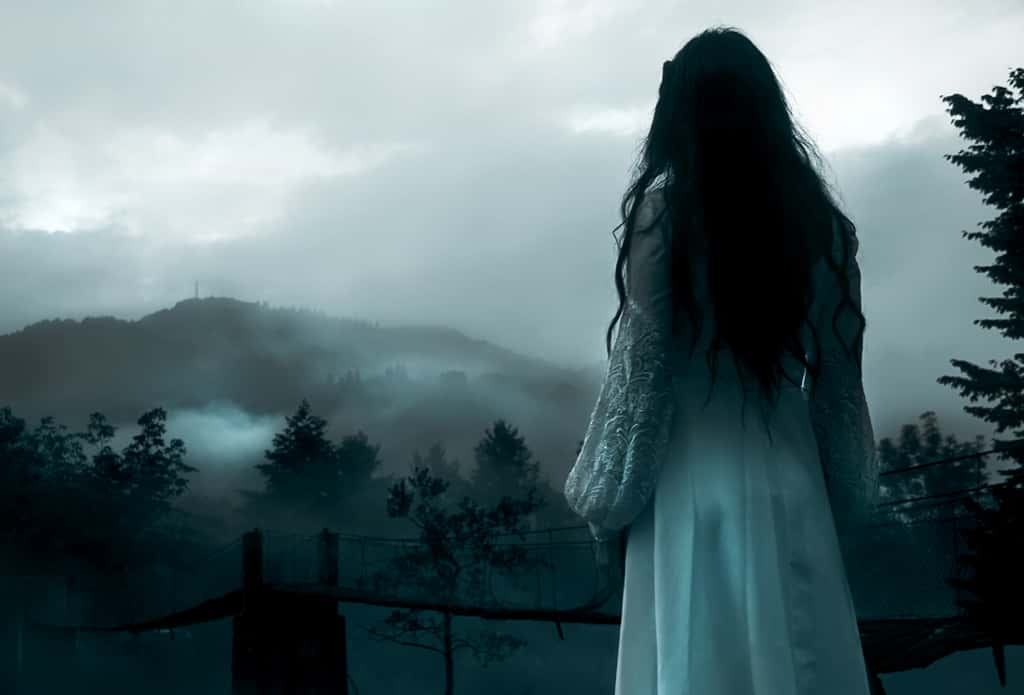 Shutterstock
Shutterstock
44. Burn Them All!
For several centuries, burning heretics alive was favored by the Church of England. For part of Henry’s reign, people who challenged the doctrine of the Roman Catholic Church were burnt at the stake. His daughter Mary, who was Catholic, continued the practice, burning 280 protestants at the stake. As a result, she earned the nickname "Bloody Mary."
43. The Unexpected King
Henry was never expected to rule; His brother Arthur, the Prince of Wales, was older and next in line for the throne. Arthur, though, was a sickly child—he died of a mysterious sweating sickness in 1502 at 15 years old. At age ten, Henry became the official successor to the English crown.
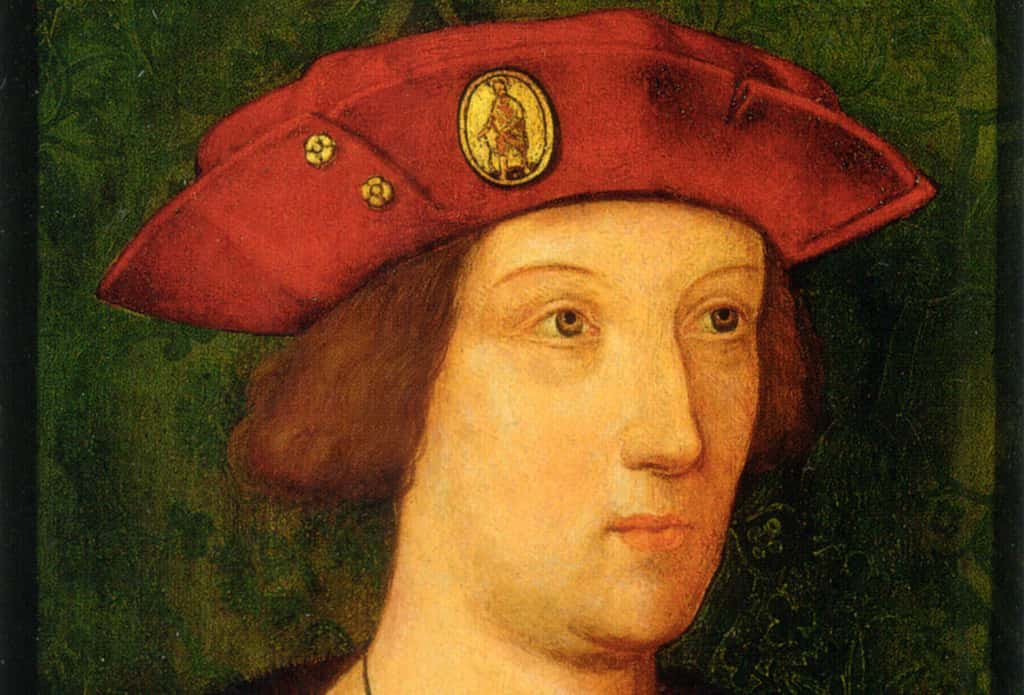 Wikimedia Commons
Wikimedia Commons
42. Not Quite King Arthur
Just six months before Arthur's death, he married Catherine of Aragon, to whom he'd been betrothed since he was only 11. But although Arthur was known to be ill, and although the couple had only been married a short time, they were sent to live in the wet and unpleasant environment of Ludlow Castle, in the Welsh Marshes. It was a remote place, far from the expert (for the time) medical care provided by royal doctors in London. Looking back, such a move was clearly ill-advised.
41. Punished Homosexuality
In 16th-century England, homosexuality was regarded as both criminal and immoral. In 1533, Henry VIII passed the “Buggery Act,” which made sexual relations between men a criminal offense punishable by death. It was the first legislation against homosexuals in the country, and one of the first anti-sodomy laws introduced by a Germanic country.
40. Brutal Instrument of Torture
After Henry VIII died, an inventory of all his possessions was commissioned in London. Among his many possessions was a device called the Scavenger’s Daughter. The device consisted of an A-shaped iron brace where the victim was forced to sit in a crouched position with their head almost touching their knees, and their wrists, ankles, and neck shackled in place. An iron bar was then passed through the A-frame and tightened, ultimately crushing the victim. It is believed to have been intended as an alternative to the rack.
39. Wife Swap
Henry’s father wanted to solidify the family’s alliance with Spain, so he offered Arthur’s widow, Catherine of Aragon, in marriage to Henry. The Pope gave the two a special dispensation to marry.
Catherine, by the way, swore up-and-down that she and Arthur had never consummated their marriage. Her claim was unargued, and the marriage went off without a hitch.
Which is worth remembering for later in the story...
38. He’s So Done with Her
In 1516, Queen Catherine gave birth to Henry’s first healthy child, Princess Mary. It ought to have been a happy occasion, but her failure to produce a boy was presenting problems for Henry. He was desperate for a male heir to secure the royal lineage, and Catherine's early "failure" to do so left Henry in a precarious position.
37. A Way Out
There is a passage in Leviticus which states that a man who marries his brother's wife will be childless. Henry, on the advice of religious councilors, began to suspect that this piece of biblical "wisdom" was responsible for he and Catherine's hitherto unsuccessful union. Awful as it seems today, in the eyes of Henry and his scholars, Princess Mary just didn't count.
So Henry began looking for a way out of the marriage. He petitioned the Pope for an annulment but was refused... laying the stage for what was to come.
36. No Permission Needed
Deeply enamored with (and secretly married to) his mistress Anne Boleyn, who was now pregnant, Henry finally decided that he didn’t need the Pope’s permission when it came to the Church of England. In 1533, the new Archbishop of Canterbury presided over the trial that declared Henry's first marriage annulled, and his new marriage valid. Henry would then declare that he, not the pope, was the head of the Church of England, kicking off a little thing called the English Reformation.
 Wikimedia Commons
Wikimedia Commons
35. The New Church
The Reformation is perhaps Henry's most enduring legacy. Establishing the Church of England (and installing himself at the top as Supreme Head of the Church) led to his excommunication from the established Christian faith. And for the people of England, that was no small thing. After all, Christianity played a crucial role in almost every aspect of daily life. For the regular person living in 16th century England, the Pope's word was as close as one could get to the literal word of god.
34. First of Her Name
The child Boleyn was carrying would become Queen Elizabeth I, who would later become one of England's most famous monarchs in her own right.
33. Germaphobe
Henry VIII was paranoid about getting sick and dying, and was especially afraid of contracting the plague. Whenever there was an outbreak of illness, he made a point of isolating himself until it passed, even leaving London for a year when a severe wave of sweating sickness hit.
You can forgive him, maybe, for being a little over-the-top. His brother had died young, after all, and medical care of the time was not exactly robust.
32. Done with Her Too
When Anne Boleyn also failed to bear Henry a son, he again grew disenchanted with the union. As the court whispered that she was a witch, the King had Anne tried for adultery and treason. She was beheaded in 1536.
31. Third Time's the Charm?
King Henry VIII was not a man to waste time.
Within 24 hours of Anne Boleyn’s execution, Henry was already engaged to his mistress, Jane Seymour. Seymour eventually gave him his long-desired son, but she died two weeks after giving birth. She was the only of Henry’s six wives to be buried with him, and Henry considered her his first "true wife."
30. Uncrowned
Unlike Catherine of Aragon and Anne Boleyn, Jane Seymour never had a coronation. We suppose at a certain point, it's probably best to stop drawing excessive attention to your ongoing procession of brand-new wives.
Nonetheless, Jane was the only one of his wives to receive a Queen's funeral.
29. Renaissance Tinder
To choose his fourth wife, Henry was sent paintings of possible partners. He chose Anne of Cleves over her sister Amalia, but was unhappy with his choice when he finally saw her in person. He called her a “fat, Flanders mare,” and had the marriage annulled after just six months. At least she kept her head!
28. Off with Her Head!
Sixteen days after annulling his marriage to Anne of Cleves, Henry (now 49) married the 19-year-old Catherine Howard, who had been Anne of Cleves' lady-in-waiting. Less than a year into their marriage, rumors of her infidelity began, and after gathering evidence of her promiscuity, Henry had her executed in 1542.
 Wikipedia
Wikipedia
27. Outlived, Outlasted
Henry’s sixth and final wife Catherine Parr managed to not only hang onto her head, she also outlived her husband. Catherine Parr also played a key role in restoring Mary and Elizabeth to the line of succession—after Henry had rendered them illegitimate by annulling his marriages to their mothers.
26. Give and Take
Henry VIII was the only English monarch to rule any part of Belgium—well, technically. In 1513, he captured the town of Tournai, which at the time was part of France, during the Battle of the Spurs. In 1518 he returned it to France for the sum of 600,000 crowns, as part of the Treaty of London.
25. Weren't Six Wives Enough?
Henry VIII had at least ten mistresses over the course of his six marriages, beginning approximately a year after his marriage to Catherine of Aragon.
It's a truly fascinating phenomenon because while a little bit of extramarital activity was not exactly new behavior for a monarch, such brazen and unapologetic philandering absolutely was. And yet, when others attempted to corral Henry's increasingly wild libido, he simply found a way to brush them off.
Just think of it: the man changed the entire country's relationship with the state religion—just to accommodate his lust. That'd be like an American president altering the constitution in order to justify his execution of the First Lady.
Crazy stuff.
24. Groom of the Stool
Some of the most important of Henry VIII’s attendants were his bathroom attendants. These men got the title “the Groom of the Stool,” and they helped dress and undress the king before and after going to the bathroom, and assisted with bodily functions and washing. Not just mere servants, all of Henry VIII’s grooms were actually knights, and their intimate relationship with the king made them highly influential members of the court.
23. Not Exactly Poetic
Henry VIII was known for many things, but eloquence with a pen was not one of them. His love letters to Anne Boleyn were painfully awkward and sappy. In them, he expresses his angst at her coyness, and mentions wanting to kiss her breasts, which he refers to as "dukkys."
22. Dr. King Henry
Henry VIII was distrustful of doctors and had a book of prescriptions to treat his own ailments. He even made some of the remedies himself, including an ointment to heal ulcers. Hey, based on what we know about medicine at the time, it probably worked just as well as what the doctor ordered.
21. Heavy Lifting
As Henry entered middle age, he put on a large amount of weight. His once 32-inch waist grew to 54 inches, and he weighed nearly 400 pounds at his death. In his later years, he also suffered from ulcers on his legs and found standing and walking painful. Rumor had it that when he could no longer mount his horse by himself, a crane was used to hoist him into the horse’s saddle.
20. Died in Debt
Henry VIII lived an extravagant lifestyle, and by the time he died, he was massively in debt. When you factor in his 50 palaces, 70 ships, his tapestry collection, and his 6,500 handguns, it’s not hard to understand why.
19. Musical Monarch
Music was an integral aspect of court life, playing a part in processions, coronations, funerals, baptisms, and more. Henry VIII owned 78 flutes, 78 recorders, five bagpipe sets, and a harpsichord. While he did not, as was once believed, write “Greensleeves,” he did write “Helas Madame” and “Pastimes with Good Company.” The latter was covered by Jethro Tull.
18. Went Through Twenty Printings
Henry VIII’s book Defense of the Seven Sacraments supported the Catholic Church and attacked Martin Luther. The book went through 20 editions and earned him the title of “Defender of the Faith” from Pope Leo X. Ironic, since his later antics would lead to excommunication by the Pope.
17. Gambling Addiction
Henry VIII was also an excessive gambler. His favorite game was Primero, which was an early version of poker, but he was reportedly very bad at it. Records show that he lost hundreds of pounds per day, and he may have gambled away as much as a million pounds (in today's money) between 1529 and 1532.
16. Stop Trying to Make "Majesty" Happen, Henry
Henry VIII adopted the term “Majesty” for himself after Holy Roman Emperor Charles V began being called “Majesty.” Before Henry VIII, English kings were addressed as “Your Grace” or “Your Highness.”
15. Coppernose
By the end of his reign, Henry VIII’s funds were so low that he was forced to lower the percentage of silver in British coinage until it was mostly copper with a silver coating. He earned the nickname “coppernose” because the silver coating wore away from the image of Henry’s face, beginning with the nose.
14. A Personality Shift
In 1536, a fully armored Henry was thrown from his armored horse during a jousting tournament. The horse fell on top of him, and he was unconscious for two hours. Although he recovered from the accident, he had serious leg problems for the rest of his life, and some historians believe it caused a brain injury that seriously affected his personality. After the accident, they say, he became a cruel tyrant, and was a far cry from the sporty, promising, generous young prince he had been.
13. Destruction of Monasteries
Between 1536 and 1540, Henry VIII set out to destroy the English monastic system in an effort to suppress political oppression—oh, and to obtain the wealth of these monasteries. During that time, he took over 800 monasteries, abbeys, nunneries, and friaries. Many were sold to landowners, some were taken over and became churches, and others were simply left to ruin. The few monks who resisted were executed, and those who surrendered were paid off or provided for.
12. Father of the Royal Navy
Henry VIII was responsible for developing England’s maritime fighting force, and is referred to as the “father of the Royal Navy.” He was the first king to make England a serious sea power, and at the time of his death, he increased his fleet from five to around 40 ships.
11. Put it in Rhyme
School children in Britain learn a simple rhyme to help them remember the fate of each of Henry VIII’s wives. Titled “The Six Wives of Henry Eighth,” the rhyme goes “Divorced, Beheaded, Died // Divorced, Beheaded, Survived.”
10. Field of the Cloth of Gold
In the 16th century, it was extremely important for a king to appear powerful, and they did so by hosting outrageous events. In 1520, Henry VIII co-hosted the Field of the Cloth of Gold in Calais to show a united front between England and France. Each king tried to outdo the other in feasting, tournaments, feasting, clothes, jewels, and more feasting during an exorbitantly expensive celebration that lasted for weeks.
9. Biggest Victory
In 1543, Henry VIII began another war with France that lasted three years. In 1544, he achieved his biggest triumph of the war, capturing the city of Boulogne. The city remained in English hands until the Treaty of Boulogne in 1550.
8. Standard Punishment for Poisoners
When the Bishop of Rochester’s cook took vengeance on his ungrateful master by adding a poisonous herb to a dish, Henry ordered that the cook be boiled alive in his own pot rather than hanged. This became the standard punishment for poisoners for the next five years.
7. Worst Monarch in History
England has had some terrible monarchs in its time, but according to history writers, Henry VIII deserves the title of "worst monarch in history." Henry VIII took 20% of the vote for "worst monarch" in a survey by the Historical Writers Association, who polled 60 authors.
6. Bloodier than Bloody Mary
While it’s impossible to tell exactly how many executions Henry ordered, historians believe there could have been as many as 72,000 executions during his reign.
5. This Was a Test, And You Failed
Anne of Cleves was famously discarded by the King, but there may be another side to the story. Anne’s first meeting with Henry was a diplomatic blunder: making her way to London, Anne’s party stopped on New Year’s Day 1540 at Rochester, where she took time to look at bull-baiting from the window. Suddenly, an old burly stranger entered the room. Depending on the account, either this unkempt figure tried to get her attention and was politely ignored by Anne, or he outright tried to kiss and grope her, which understandably caused the young woman to ring the alarms. Unfortunately, the stranger was really Henry VIII in disguise. He had expected Anne to know her “role”—the maiden who could see through her chivalric suitor’s disguise via the power of “true love”…or something. Anne was unimpressed, so, in emotional self-defense, Henry may have decided to be unimpressed with her.
4. History is One Long Game of Telephone
Despite what folklore—and shows like The Tudors—have to say about Catherine Howard's final words, there is no evidence that she ever said “I die a Queen, but I would rather have died the wife of Culpeper” (in reference to her lover, Thomas Culpeper) on the scaffold. While it’s fun to imagine Catherine using her last moments to snub her scary husband, it’s a myth: she stuck to the traditional words about mercy and deserving “to die a thousand deaths” for betraying a king who always treated her so “graciously.” She was about 19 years old.
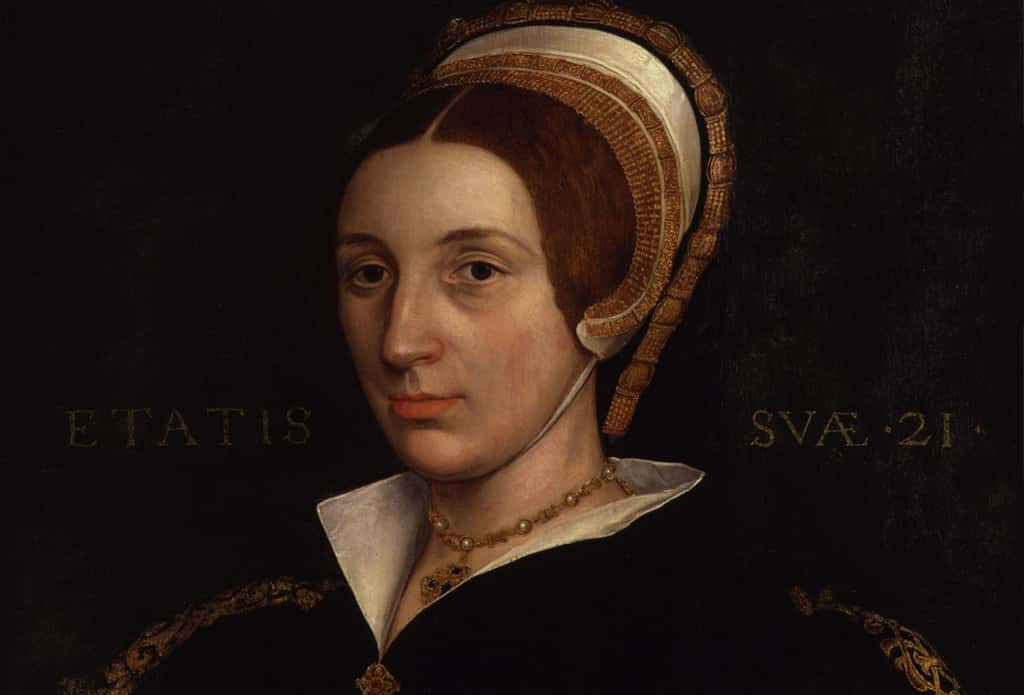 Wikimedia Commons
Wikimedia Commons
3. Sold Out
In her youth, Catherine was in a relationship with a man named Francis Dereham, and while they were never officially married, the did "consummate" their union. Under the laws of the Church this was as good as an "official" wedding, which would mean that Catherine was already married when she wed Henry VIII, and thus had committed treason. Allegedly, Catherine's "friend," John Lascelles, reported this union to the Archbishop of Canterbury, who then started to dig into Catherine's past. Before all was said and done, Catherine, Dereham, and Catherine's other lover, Thomas Culpeper, would all be beheaded for treason.
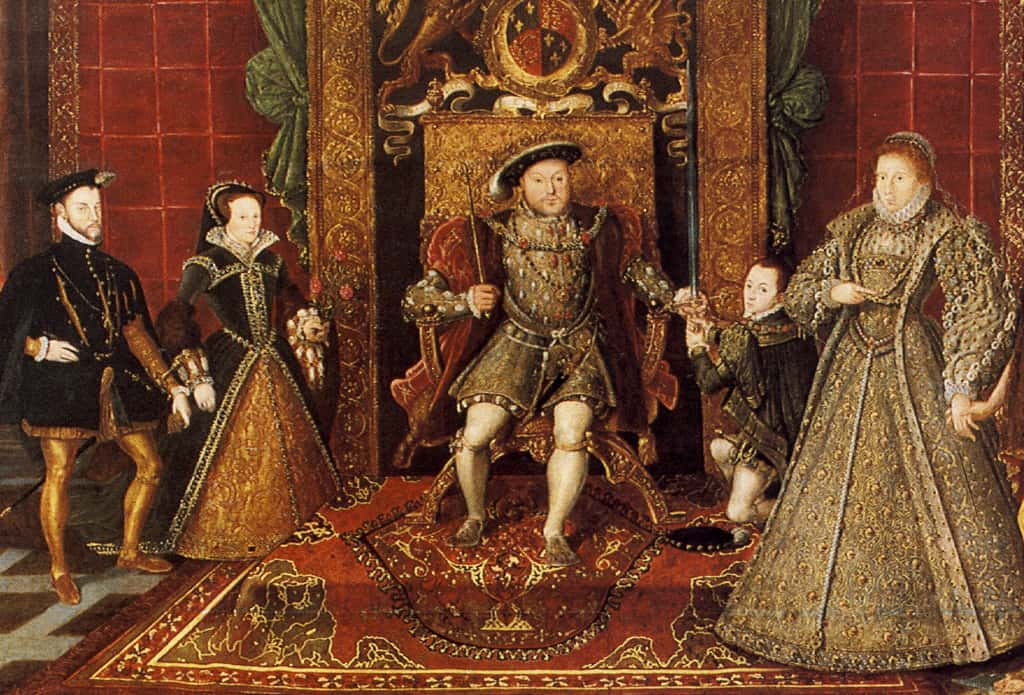 Wikipedia
Wikipedia
2. Not the Momma
King Henry VIII’s interest in Anne Boleyn was controversial, and not just because he was already married. Henry was already having an affair with Anne’s older sister, Mary. There were also rumors that her mother Elizabeth Howard had also been bedded by the King. Despite public accusations claiming the affair, the King denied it, stating “never with the mother” when challenged. While this seems to let Elizabeth off the hook, it also more-or-less confirms Henry's affair with Mary Boleyn.
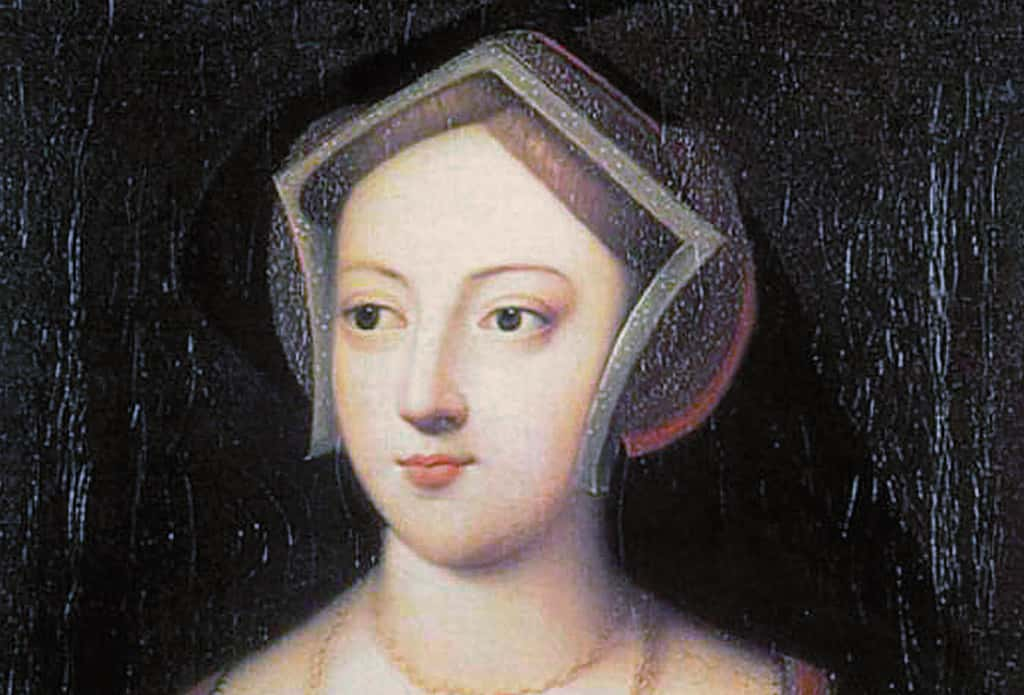 Wikimedia Commons
Wikimedia Commons
1. You're Not The Only One With Lots of Spouses
As the infamous Henry VIII’s sixth and final wife, Catherine Parr is often seen as shy, demure, and nothing more than a glorified nurse to a King gone to seed. The truth, however, is much darker. Catherine was no delicate flower by any means: she herself had four husbands under her bejeweled belt by the time she died, giving King Henry more than a run for his money in the marriage department.
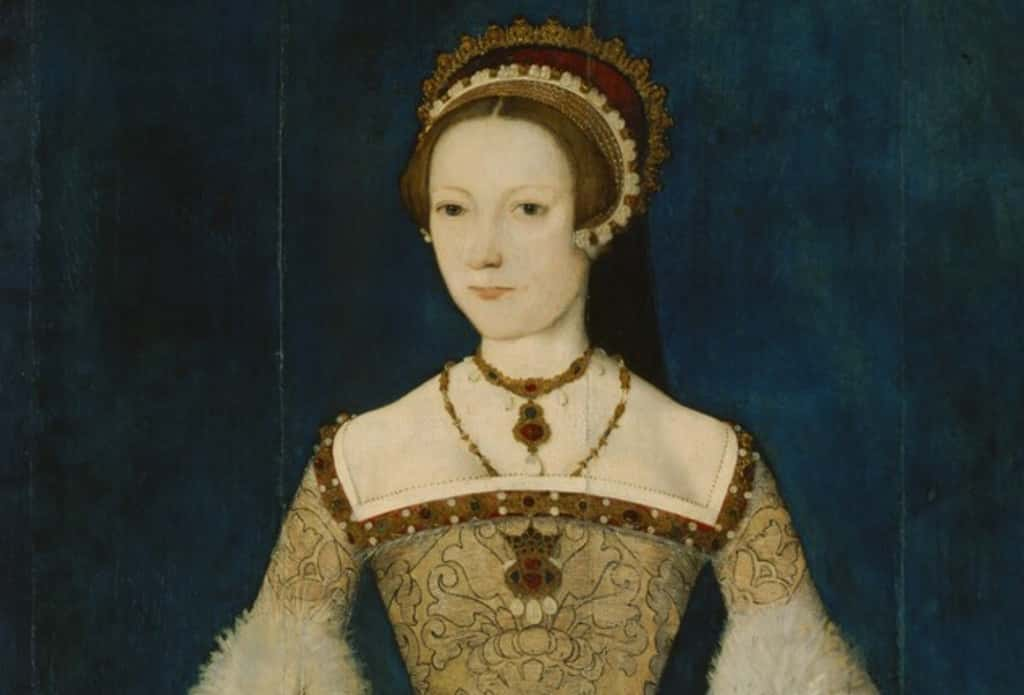 Wikimedia Commons
Wikimedia Commons
Sources: 1, 2, 3, 4, 5, 6, 7, 8, 9, 10, 11, 12, 13, 14, 15, 16, 17, 18, 19, 20, 21, 22, 23, 24, 25, 26, 27, 28, 29, 30, 31, 32, 33, 34, 35


